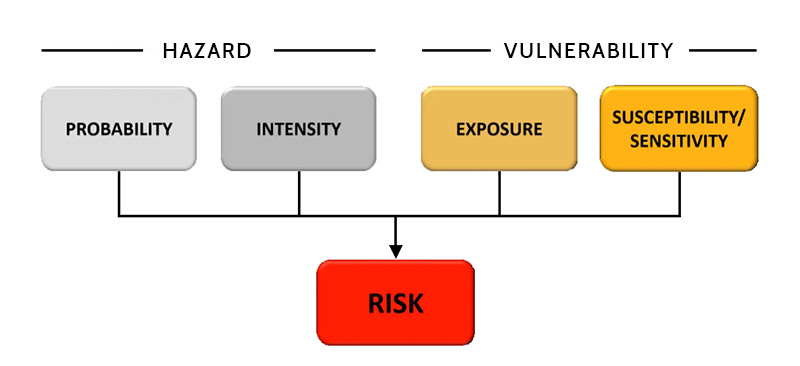
Utah WRAP (Utah Wildfire Risk Assessment Portal):
The Utah Wildfire Risk Assessment Portal (UWRAP) is the primary mechanism for the Division of Forestry, Fire and State Lands to deploy wildfire risk information and create awareness about wildfire issues across the state. It consists of a suite of applications tailored to support specific workflow and information requirements for the public, local community groups, private landowners, government officials, hazard-mitigation planners, and wildland fire managers. Collectively these applications provide the baseline information needed to support mitigation and prevention efforts across the state.
The portal provides access to wildland fire risk assessment data finalized in 2023 in collaboration with local, state, and federal governments as well as the private sector.
Utah Wildfire Risk Assessment
The purpose of the Utah Wildfire Hazard Assessment is to provide foundational information about wildfire hazard across all land ownerships within the state of Utah. The foundation of any wildfire assessment is the wildfire hazard data used to characterize fire behavior on the landscape. To manage wildfire in Utah, it is essential that accurate and high-resolution wildfire hazard data, to the greatest degree possible, is available to drive fire management strategies. These hazard outputs can be used to inform the planning, prioritization, and implementation of prevention and mitigation activities such as prescribed fire and mechanical fuel treatments. In addition, the hazard data can be used to support fire operations and aid in decision-making for the allocation and positioning of firefighting resources.
In the quantitative framework for assessing wildfire risk to highly valued resources and assets (Scott et al. 2013), wildfire hazard is defined as a physical situation with the potential for causing damage to vulnerable resources or assets. Wildfire hazard is measured by two main factors in this risk assessment framework: 1) burn probability (or likelihood of burning), and 2) fire intensity (measured as flame length, fireline intensity, or other similar measures). “
Detailed information about the Utah wildfire risk assessment model and source data is found in the following reports:

